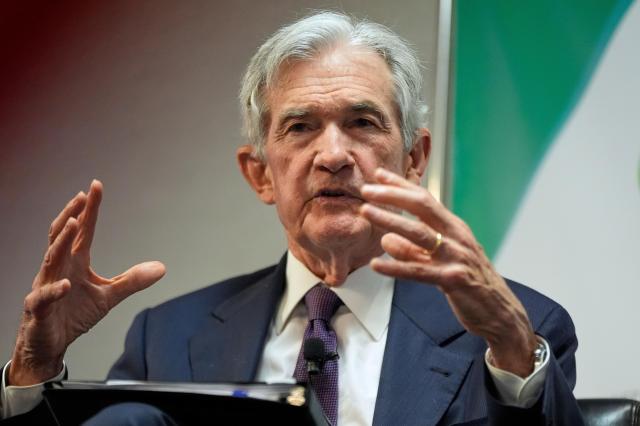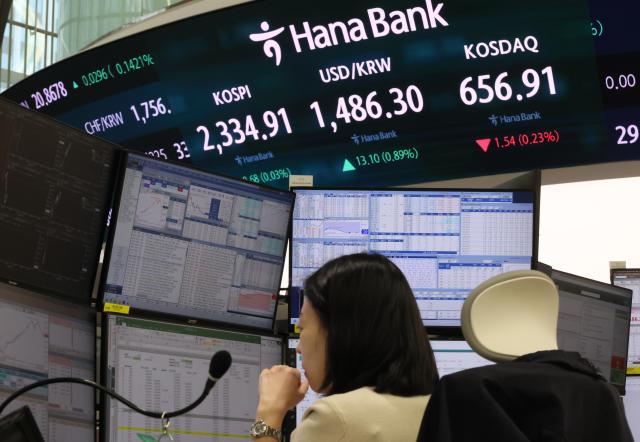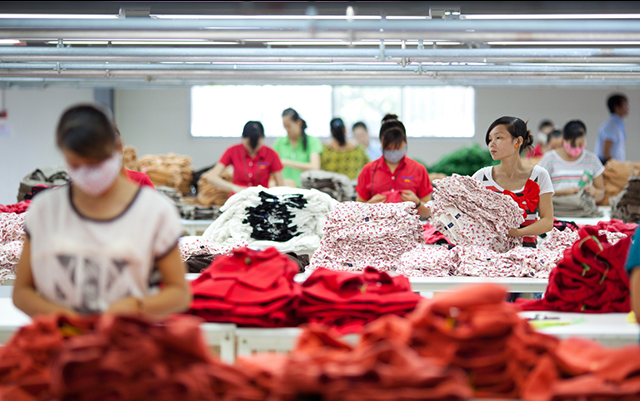이미지 확대

The policy reversal came just 13 hours after the White House enacted a set of country-specific reciprocal tariffs that rattled global markets and drew criticism from U.S. allies.
Under the revised framework, trading partners such as South Korea, Japan, and members of the European Union will face only a 10 percent baseline tariff for the next 90 days.
“I thought that people were jumping a little bit out of line,” Trump told reporters, defending the abrupt shift. “They were getting yippy, you know, they were getting a little bit yippy, a little bit afraid.”
While key allies were granted temporary relief, China found itself further targeted. The White House raised its tariff on Chinese goods to 125 percent, up from the 104 percent rate announced just a day earlier — a move signaling intensifying trade tensions between Washington and Beijing.
White House spokesperson Caroline Leavitt defended the decision, saying the increased tariffs reflected China’s retaliatory stance and history of unfair trade practices.
“Countries like China, who have chosen to retaliate and try to double down on their mistreatment of American workers, are making a mistake,” Leavitt said. “President Trump has a spine of steel, and he will not break.”
Though the administration suspended the implementation of additional country-specific tariffs for now, existing sector-specific duties — including 25 percent tariffs on steel, automobiles, and certain other categories — remain in effect.
The revised policy follows an intense round of behind-the-scenes diplomacy. Treasury Secretary Scott Bessent said that outreach from numerous governments prompted the temporary adjustment and indicated that trade negotiations are underway.
“This has been his strategy all along,” Bessent said, referencing Trump’s decision to pause further tariffs for several U.S. allies. He confirmed that South Korea, Japan, and Vietnam had each initiated contact with Washington in an effort to de-escalate tensions.
When pressed on whether the latest measures amounted to a full-blown trade war, Bessent rejected the notion, framing the issue instead as a targeted response to "bad actors" — with China squarely in focus.
“China is the biggest source of the U.S. trade problems,” he said.
Trump, meanwhile, struck a more conciliatory tone when asked about future negotiations with Beijing.
“China wants to make a deal,” he said. “They just don’t know how quite to go about it.”
Copyright ⓒ Aju Press All rights reserved.





View more comments